Free Course: Alignment Staying on Course Free Course: Alignment From our 16 Elements series, and a part of the Act Pillar, Alignment …
ANJA PAERSON - WE FALL AND WE GET BACK UP
articles
Among the stories of Olympic athletes at the 2010 Winter Olympic games, one that recently caught my attention was that of Anja Paerson, one of the most decorated downhill skiers in the world.
Anja Paerson has an incredible 41 wins on the World Cup circuit, which she started at only 16 years old (18 in Slalom, 11 in giant slalom, 4 in super-G, 5 in downhill, and 3 in combined).
But Wednesday, during the last portion of her race, she caught the last jump off balance, leaning too far back, and lost control. She flew almost 60 meters (about half the length of a football field), twisting and sliding the rest of the way down the slope.
In the end, she had severe bruising all over her body and internal bleeding in her left leg.
Paerson said, “At first, I didn’t know if I would be in a hospital or a coma. All kinds of things run through your head. I have a lot of bruises in my legs. The hardest thing is my left calf. That’s what’s hurting when I go into the boots.”
Her frightening crash can be seen on this NBC clip (hers is the last crash in the sequence).
Yet, she got up and walked off the course.
“That was a fall that probably would have taken 98 percent of the field out,” commented Jim Tracy, U.S. women’s head coach.
But Thursday morning she was in the gates for another downhill to open the super-combined.
“I wouldn’t be able to win a beauty contest today. But I don’t care, as long as I could ski,” she said.
She had a need to overcome her personal demon—that last jump.
“I really wanted to do that jump in the bottom,” she explained. “For me it would’ve been a hard time to manage to cope with it in your head if I hadn’t done that jump.
“I was pretty scared this morning. I was scared to hit that last jump again. But it is like they say, you want to get back on the horse that threw you. I wanted to try to race, and I wanted to take that jump again.
“The morning was really the hard part because even the very first jump out of the start house I was nervous about mentally. A crash like that does not leave you right away. It’s a big fight. But that is what we do. We fall and we get back up.”
Wonderfully put; more wonderfully demonstrated.
Anja went back and took the bronze.
What I learned from Anja Paerson’s outstanding example?
When you fall, you have to get back up. You have to face your demons. You have to overcome the fear of crashing again. Crashing is part of the process, in any endeavor. What matters is that you get back up and do it again.
Thank you, Anja, for your inspiring attitude. You’re a motivation to me.
-Rusty
Other motivational and inspirational Olympic highlights:
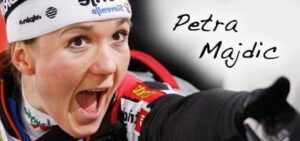
Petra Majdic overcomes four broken ribs and a punctured lung to win the bronze, proving that sheer willpower is stronger than nearly any adversity you can face.

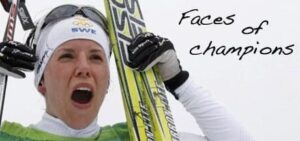
I’m constantly inspired by the photos of Olympic champions in the moment of their success—expressions that encapsulate the culmination of years of hard work, living their dream and achieving their goals.

Share this
with someone who might need it
keep reading
The turkey effect How to learn who you are and live your best life raising turkeys People often wonder “who am I?”; …
HOT HANDS HOW identity POWERS PEAK PERSONAL PERFORMANCE HOT HANDS There’s a well-known phenomenon in sports called “Hot Hands.” It’s the idea …
Know Thyself The Key to Unlocking Your Full Potential Know thyself Nestled deeply on the slopes of Mount Parnassus in Greece is …
Employee satisfaction is closely tied to performance. When satisfaction levels rise, productivity, customer service, and profits tend to rise too. Employee turnover slows down and it becomes easier to recruit new talent. See how your team, leadership, and shareholders can benefit from a company culture that emphasizes employee satisfaction.
If you want your customers to be happy, you need to think about employee satisfaction. When employees like their workplaces, they are more effective at their jobs and provide better customer service. Learn more about the link between the employee and customer experience and how to measure employee satisfaction.

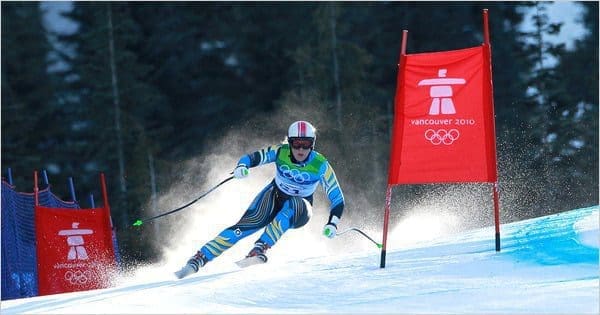
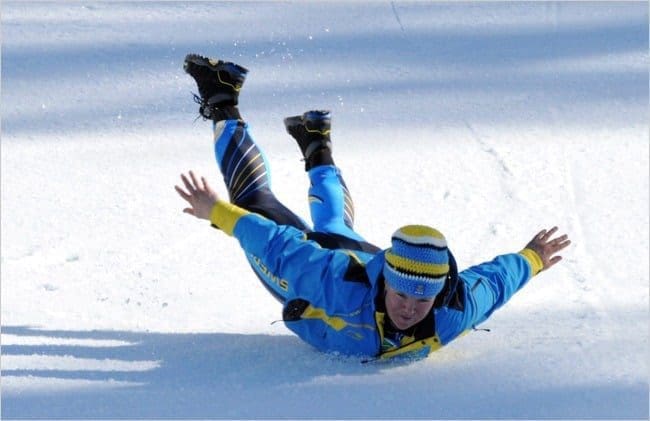
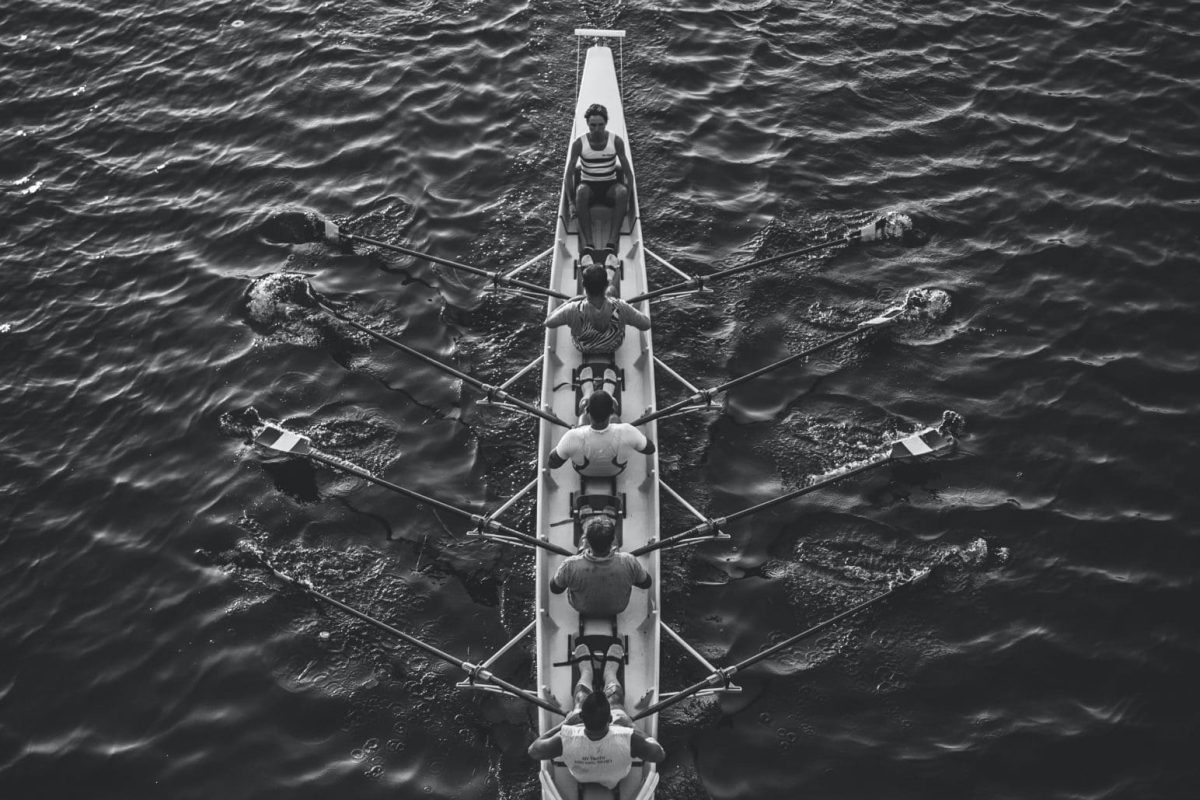

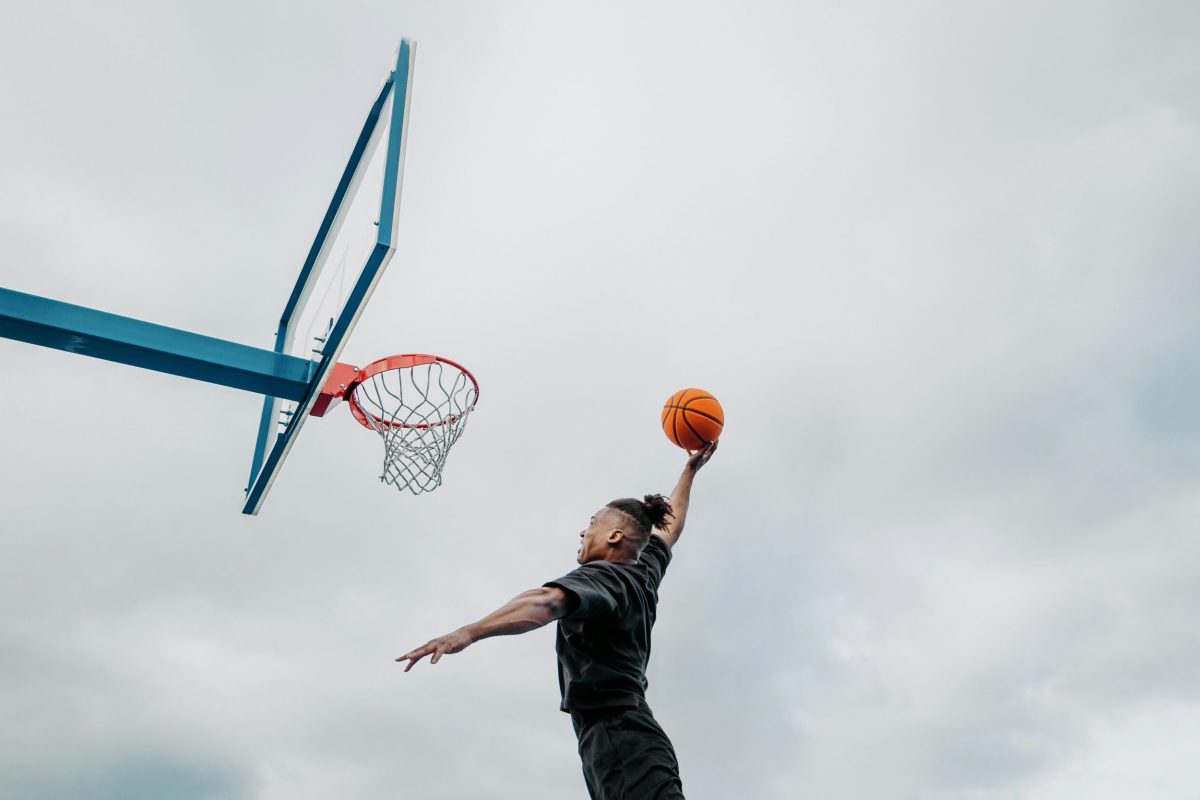



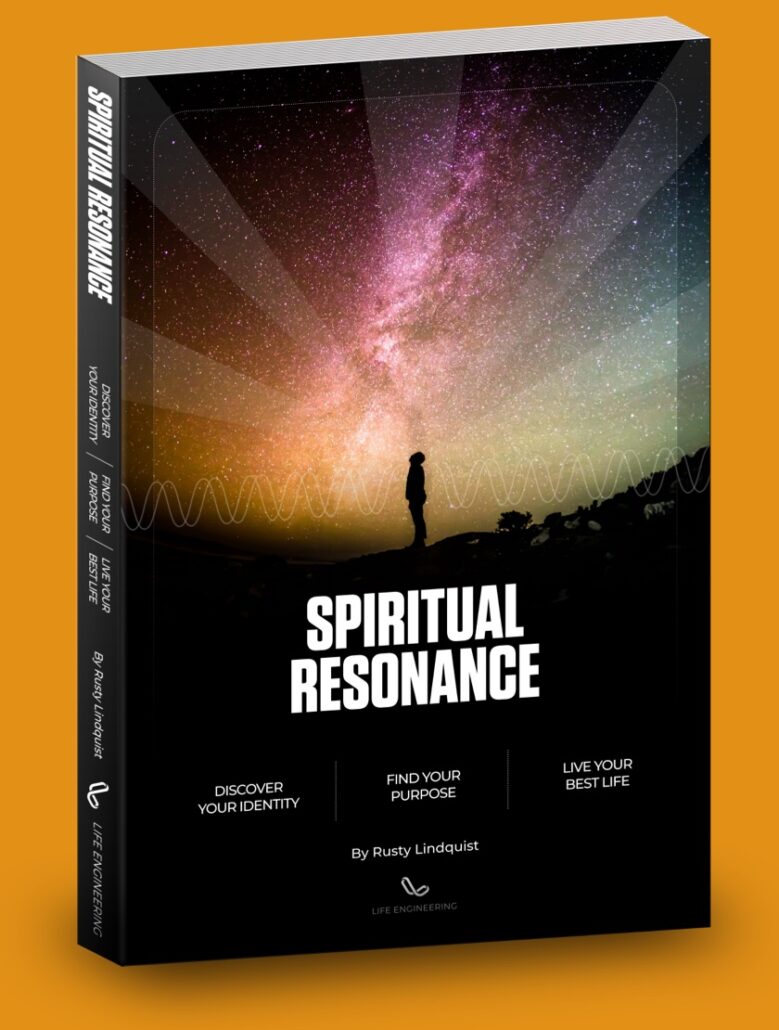
Responses